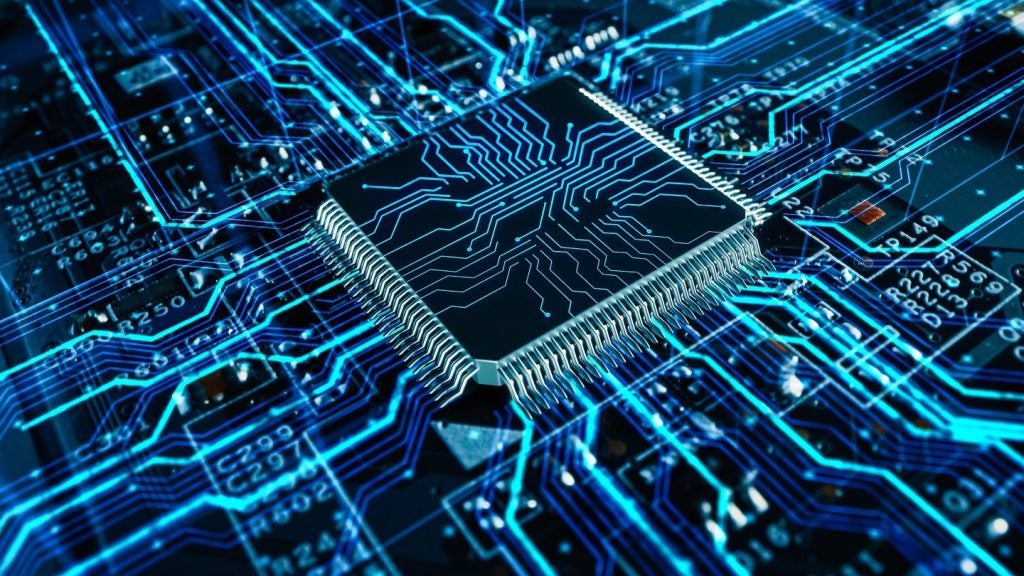Silicon Motion Technology has filed a patent for a method, storage medium, and apparatus for data access in response to a host discard command. The invention involves allocating space in a random access memory (RAM) for an expanded discard table, receiving a host discard command, appending new entries to the discard table, and setting registers in a performance engine to search the table for determining if a specific logical address of user data is no longer used. GlobalData’s report on Silicon Motion Technology gives a 360-degree view of the company including its patenting strategy. Buy the report here.
According to GlobalData’s company profile on Silicon Motion Technology, M2M communication interfaces was a key innovation area identified from patents. Silicon Motion Technology's grant share as of September 2023 was 78%. Grant share is based on the ratio of number of grants to total number of patents.
Method for data access in response to host discard command


A recently filed patent (Publication Number: US20230315622A1) describes a method for data access in response to a host discard command. The method involves allocating space in a random access memory (RAM) for an expanded discard table, which records logical addresses of discarded user data. The method also includes receiving a host discard command indicating the logical addresses of user data that is no longer used, appending new entries to the discard table, and setting registers in a performance engine to redefine the address range in the RAM for searching the discard table.
The patent also discloses that the entries in the discard table can be arranged in ascending or descending order. Additionally, the method includes executing a host write command to program a logical address of user data into a flash module, deleting the corresponding entry from the discard table, and updating the address range in the performance engine when the logical address appears in the discard table. Similarly, when a host read command is received for a logical address that appears in the discard table, dummy data is replied to the host side.
Furthermore, the patent describes allocating space in the RAM for a discard queue, which stores logical address ranges of discarded user data. When a host discard command indicates multiple logical addresses, the method determines if the length of the addresses exceeds a predefined number. If it does, new entries are appended to the discard table, and the address range in the performance engine is redefined. If the length is lower than the predefined number, a new node is appended to the discard queue.
The patent also includes a non-transitory computer-readable storage medium with program code that performs the same method when loaded and executed by a processing unit. Additionally, an apparatus is described, which includes a RAM, a performance engine, and a processing unit. The RAM allocates space for the discard table and the discard queue, while the performance engine sets the address range. The processing unit receives host discard commands, appends entries to the discard table, and updates the discard queue.
In summary, the patent presents a method, computer-readable storage medium, and apparatus for efficient data access in response to host discard commands. The method involves managing an expanded discard table and a discard queue in the RAM, allowing for quick determination of whether specific logical addresses of user data are no longer used. The disclosed technology has potential applications in various data storage systems.
To know more about GlobalData’s detailed insights on Silicon Motion Technology, buy the report here.
Data Insights
From

The gold standard of business intelligence.
Blending expert knowledge with cutting-edge technology, GlobalData’s unrivalled proprietary data will enable you to decode what’s happening in your market. You can make better informed decisions and gain a future-proof advantage over your competitors.







